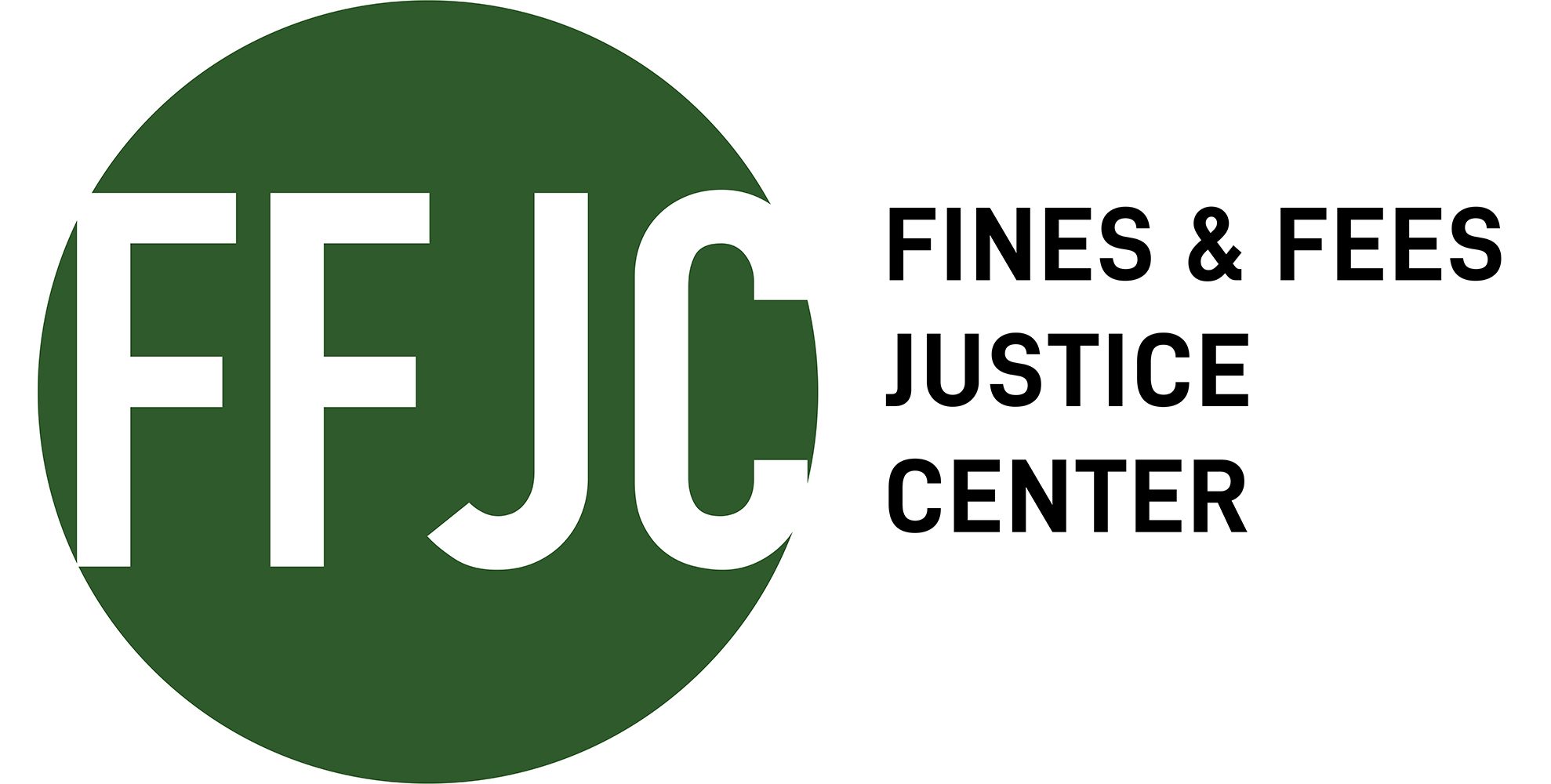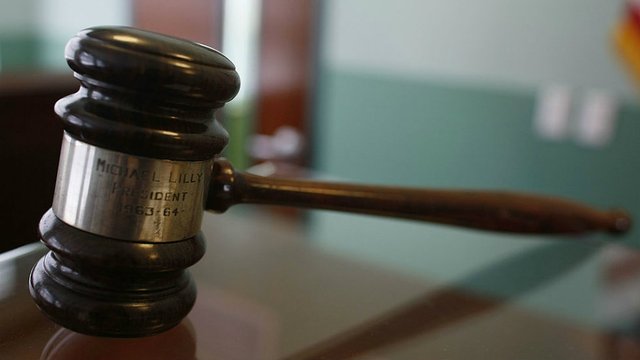In this op-ed for The Hill, FFJC Co-Directors Lisa Foster and Joanna Weiss explain how fines and fees damage public safety & harm low-income communities of color: “Using fines and fees to balance a city’s budget turns the criminal justice system into a tax collection system.”
***
In 2016, Hilda Brucker, a resident of Doraville, Ga., was convicted of violating the city code. She was fined $100 and sentenced to six months of probation. Her crime? Her driveway had cracks in it. Her neighbor, Jeffrey Thornton, was fined $1,000 for the condition of the woodpile on his property. Doraville doesn’t just cite its own residents.
Janice Craig and Byron Billingsley don’t live in Doraville, but they frequently drive through the town to get to work or appointments. Both were fined for minor traffic violations. Indeed, according to a 2014 Atlanta Journal Constitution article, Doraville made more on traffic tickets than any other city in Georgia. Overall, the city generates more than 20 percent of its budget from fines and fees.
Brucker, Thornton, Craig and Billingsley recently sued Doraville in federal court, represented by the Institute for Justice. Their case argues that the city’s practice of relying on revenue from fines and fees is unconstitutional because local prosecutors, police, and judges have an incentive to cite, convict and fine people. Using fines and fees to balance a city’s budget turns the criminal justice system, which is meant to protect public safety, into a tax collection system.
Other cities and towns should take note, including many in New York. According to data cited by the U.S. Commission on Civil Rights, of the 100 cities in the United States that budget the most revenue from fines, Doraville ranks sixth. One New York village, North Hills ranks second, Cedarhurst is seventh, and Great Neck Plaza is eleventh. All rely on fines for a greater percentage of their budget than did Ferguson, Mo., the city made infamous for its abusive fines practices.
Of the top 100 cities ranked in terms of revenues from fines, six are on Long Island. In North Hills, where the median income is $131,700, the city obtains an astonishing 25 percent of its revenue from fines. North Hills mayor, Marvin Natiss, brags on the city’s website that “our village tax remains the lowest of the 64 villages in Nassau County.” Those low taxes are made possible by the city’s reliance on fines for revenue.
Other Long Island villages also raise significant revenue from fines. In Nassau County, Hempstead Village receives more than $2.1 million from fines. Lynbrook receives almost $1.8 million, and Freeport receives nearly $1.5 million. Courts in Rockville Center and Mineola are each hearing tens of thousands of cases each year and generating more than $1 million each in revenue. In Suffolk County, Southampton receives $1.9 million and East Hampton gets $1.7 million from fines and fees.
The state of New York is also implicated in this scheme. For every traffic ticket issued by a city, town or village, the state imposes a $93 surcharge that goes to the New York general fund. Overpolicing in low-income communities of color disproportionately places the burden of the state surcharge on people who can least afford to pay it.
Municipalities need to fund essential government services, but raising revenue from fines and fees is unfair and is a particularly regressive form of taxation. For residents, the burden of financing city services should be broadly shared by all residents not disproportionately by those who commit some minor code or traffic transgression. Because one may have driven five miles per hour over the speed limit does not mean one consumes a greater proportion of municipal services.
For nonresidents, particularly those simply traveling through a town or village, fines generated by aggressive traffic enforcement means that they are required to pay for services they likely will never or only incidentally use. Fines like these are truly hidden taxes, and since the amount of the fine is the same regardless of one’s economic circumstances, they impact the poor much more than the wealthy. The poorest quintile of Americans pays more than twice the rate of state taxes than the top 1 percent. Using courts as revenue centers exacerbates that disparity.
Relying heavily on fines and surcharges to fund municipal government also has consequences for public safety. A groundbreaking study published in 2018 found that in small cities with populations less than 28,000, a 1 percent increase in the city’s fines, fees and forfeitures is associated with a statistically significant 3.7 percent decrease in solving violent crimes. It makes sense. If police officers are busy ticketing people for traffic violations, they aren’t busy solving serious crimes.
New York needs to end these practices. First, the state needs to set an example by abolishing the surcharge it imposes on traffic violations and other criminal convictions. If the state needs additional revenue, it should raise taxes on all New Yorkers, not sneak hidden taxes in through the justice system. Second, the legislature needs to cap the percentage a municipality can raise from fines. That will decrease the incentive to ticket, cite and convict in order to collect revenue.
Finally, New York should review all of the fines and fees imposed in its courts, including an assessment of collection practices like driver’s license suspensions. Only then will we have a fairer system of justice.
Lisa Foster and Joanna Weiss are the directors of the Fines & Fees Justice Center, an organization seeking to restore integrity in the justice system.

